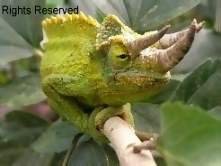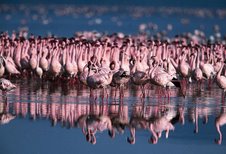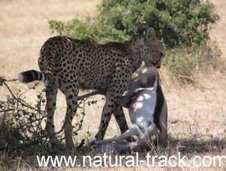LEADERSHIP
They are control by council of elders; they have well
respected and honest old men who are appointed by the community so as to
settled out dispute which might a raised in the society. They have rain makers
who can tell the seasons of rain and drought.
HUTS
They have simple huts made from Grass, Mud, Cow dung and
small branches
Only married women are responsible for building the huts,
these houses are short with small windows and an open entrance. The roof is
attached with grass while the walls are smired with cow dung. They make windows
for ventilation and the doors are kept short to facilitate security and
respect- when one enters has to bend to the entire entrances.
These houses are multiple for several wives because it is a
taboo for this community to marry many wives. Young girls sleep together with
their parents whiles the older ones in a different hut. Boys are the men of
tomorrow and they are force to sleep outside known as “Aperit” so as to safe
guard the homestead.
All livestock have different bomas only for the young ones
have enclosed hut to protect them against rainfall and strong heat. They burn cow
dung and other materials at night within their compound to act as mosquito’s repellant.
FOOD
The main stable food is milk, meat, wild fruit and grains.
Milk is only for young children. They slaughter animals occasionally and
collect blood so as to mix with milk for the Moran .Meat is not eaten randomly
but there are specific parts women or men are not suppose to consume. For
example front hide legs are for women while back hide legs for men. Women are
warned not to eat the tongue because they believed they will speak a lot.
In the wild there are same special food grains just like
beans that needs long boiling example”Sirich”.This is done during drought time
and most disadvantage it has bitter taste.
CIRCUMCISSION
It is an important function to this community where teenage
boys and girls underwent this practice. It is only when the food plenty, Boys
ands girls are circumcised at the same time but different venues. After a month
later they are allowed to join the rest community. They are ready to marry.
MARRIAGE
It is a crucial event which needs organization from parents
of both partners. The negotiations of wealth are made strictly where 40 goats,
20 sheeps, 10 cows and 7camels are enough payment for search function. During
this period animals are slaughter and many ceremonies are done such as dancing,
drinking and singing. Animal blood, cow dung and soft clay are necessary to
make “sabana” (mixers is onto their heads both married lady and the man) to
recognize them and given honor by the rest people.
BEDDINGS
They still used skin as matrees.the beds are constructed one
meter above the surface to avoid flooding and provide security against snakes and
dangerous insects.
PKP. Kenya safari
Natural Track Safaris.
Natural Track Safaris.








